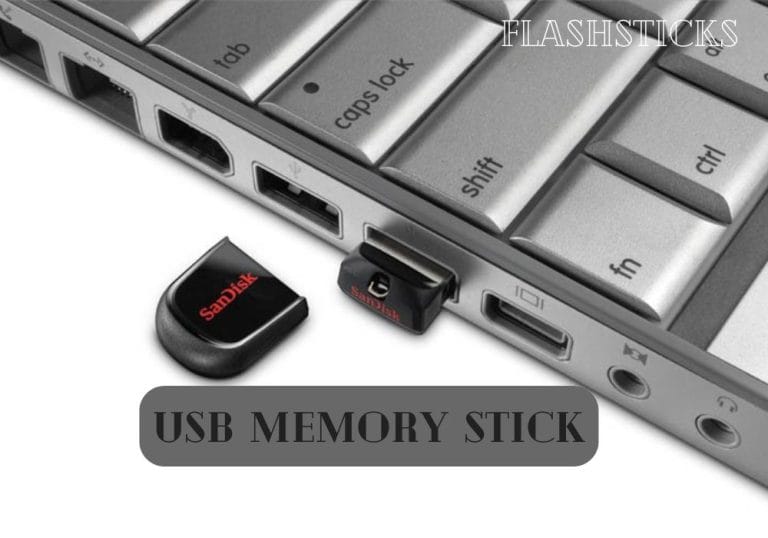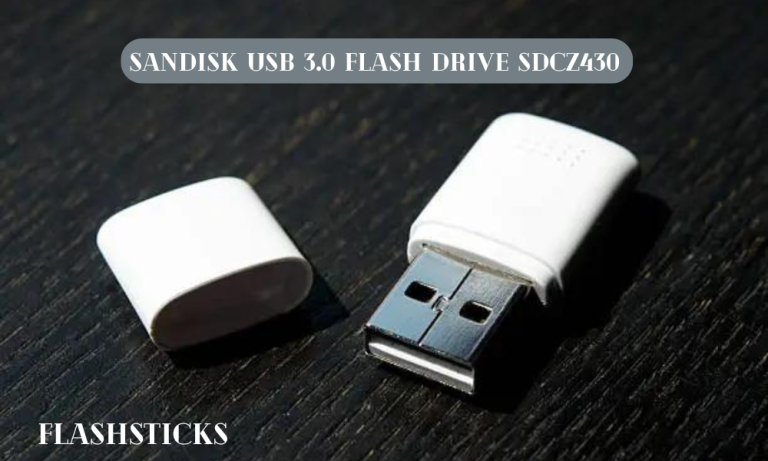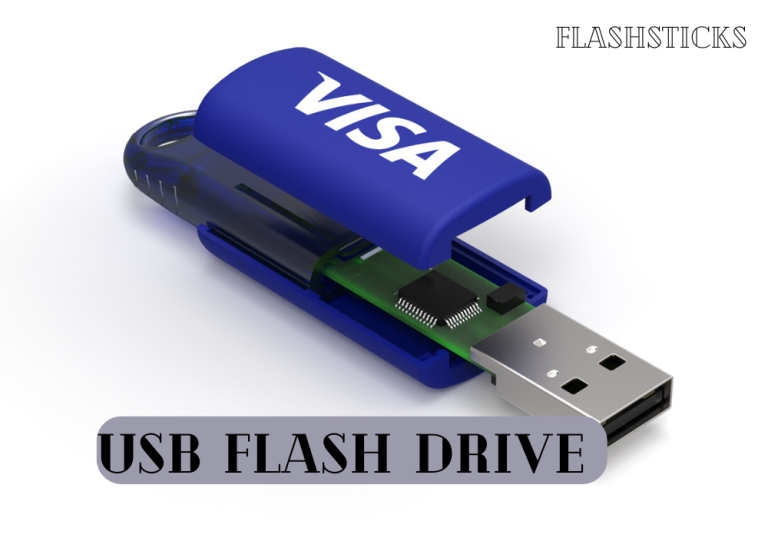What is a USB pen drive?
“In today’s digital age, the need for quick and efficient data storage solutions is paramount. One of the most convenient and widely-used storage devices is the USB pen drive. But what exactly is a USB pen drive, and why is it so vital for modern data management? In this comprehensive guide, we will explore everything you need to know about USB pen drives, their benefits, practical tips, and much more.
Introduction to USB Pen Drive
A USB pen drive, also known as a flash drive, thumb drive, or memory stick, is a portable data storage device that uses flash memory to store and retrieve digital information. It connects to a computer or other devices via a USB (Universal Serial Bus) port, making it highly convenient for transferring files, documents, photos, music, and videos.
Understanding the Technology Behind USB Pen Drives
USB pen drives use non-volatile flash memory, meaning they retain data even when not connected to a power source. This is achieved through the use of an integrated circuit composed of transistors and other semiconductor components. When data is written to a pen drive, it is stored in blocks, which allows for quick access and retrieval.
Key Components
- Flash Memory: The core storage component.
- USB Connector: The interface for connecting to devices.
- Controller: Manages data transfer and operations within the drive.
- Housing: The physical casing that protects the internal components.
Benefits of Using USB Pen Drives
USB pen drives offer numerous advantages for both personal and professional use:
- Portability: Small and lightweight, easily fits in your pocket or on a keychain.
- Durability: Resistant to physical shocks and can survive falls and impacts better than traditional hard drives.
- Compatibility: Works with various devices, including computers, smart TVs, game consoles, and more.
- Storage Capacity: Available in diverse sizes, from a few gigabytes (GB) to several terabytes (TB).
- Speed: Fast data transfer rates, especially with USB 3.0 and USB 3.1 models.
- Security: Many models offer encryption and password protection to safeguard sensitive data.
Practical Tips for Using USB Pen Drives
Choosing the Right USB Pen Drive
When selecting a USB pen drive, consider the following factors:
- Storage Capacity: Choose a drive with enough space for your needs.
- Data Transfer Speed: Look for drives with higher read/write speeds for quicker data handling.
- Build Quality: A sturdy, well-built drive is more likely to withstand wear and tear.
- Security Features: If you need to store sensitive information, opt for a drive with encryption capabilities.
- Brand Reputation: Choose reputable brands known for reliability and durability.
Maintaining Your USB Pen Drive
To extend the lifespan and maintain the performance of your USB pen drive, follow these simple tips:
- Avoid Physical Damage: Handle the drive carefully and avoid dropping it.
- Keep it Clean: Ensure the USB connector is free from dust and debris.
- Safely Eject: Always safely eject the drive from your computer to prevent data corruption.
- Regular Backups: Backup important data to another storage device as a precaution.
Quick Comparison Table
Here’s a quick comparison table showcasing different types of USB pen drives:
| Type | Capacity | Speed | Security | Usage |
|---|---|---|---|---|
| Standard USB | 2GB – 256GB | USB 2.0/3.0 | None | General Use |
| High-Speed USB | 8GB – 1TB | USB 3.1/3.2 | Optional Encryption | Professional Use |
| Secure USB | 4GB – 512GB | USB 2.0/3.0 | Strong Encryption | Sensitive Data |
Frequently Asked Questions (FAQs)
Q: Can a USB pen drive be used on any computer?
A: Yes, USB pen drives are designed to be compatible with most computers, as well as other devices equipped with a USB port.
Q: How do I ensure my USB pen drive is virus-free?
A: Use reliable antivirus software to scan the drive regularly, especially if you connect it to multiple computers.
Q: What should I do if my USB pen drive is not recognized?
A: Try connecting it to a different USB port or another device. If it still isn’t recognized, you might need to check the drive for hardware failures or corrupted files.
Conclusion
USB pen drives are a versatile and essential tool for data storage and transfer in our daily lives. From their portability and expansive storage capacities to their compatibility and speed, they offer numerous benefits that make them indispensable in various scenarios. By understanding their functionality, benefits, and proper usage, you can maximize the efficiency and longevity of your USB pen drives. Whether for personal or professional use, ensuring that you choose the right USB pen drive tailored to your needs can make a significant difference in your data management practices.
We hope this guide has provided you with valuable insights and practical tips to make the most of your USB pen drive experience. Happy storing and transferring!
“`







